All concrete mixers may be classified in two general types:batch mixers and continuous mixers.
The Batch Mixer receives a certain amount of the material designated as a "batch" and containing the desired proportions of cement, sand, and aggregate. The proportioning is usually done by hand. The batch is placed in a mixing chamber called the drum, and undergoes the process of mixing. The mixing chamber is constructed in the form of a cube, or a cylinder, or a double cone, that revolves on a horizontal axis. In some of the machines, steel blades are bolted to the interior periphery of the drum to aid in the mixing process.
The batch is discharged from the drum by an inclined chute without stopping the machine, or by tilting the mixing chamber on its horizontal axis. Part or the whole batch can be discharged as required.
All Continuous Mixers except the Gravity type have a device for proportioning the materials automatically and feeding them to the mixing chamber in a steady stream. The concrete is discharged in a steady stream, or collected in a chamber at the end of the mixing trough and discharged at intervals when needed. Continuous Mixers may be further classified into Power Mixers and Gravity Mixers.
In the Power Mixer, materials are forced along a horizontal or inclined mixing trough through a screw or revolving paddle blades, mixes in its channel through a long horizontal box, square or cylindrical in cross section, which revolves about a horizontal axis.
In the Gravity Mixer, materials are mixed in falling through a vertical or inclined box by striking against rods or in deflecting from inclined projections in the interior of the trough. As the use of the gravity Mixer is exceedingly limited and the quality of the concrete much inferior to that produced by machines of the other types. Gravity Mixers will not be treated further in this thesis.
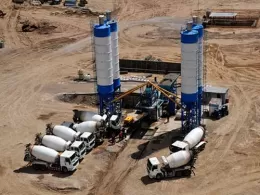
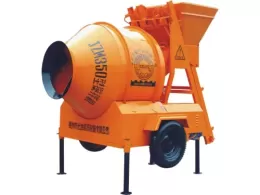
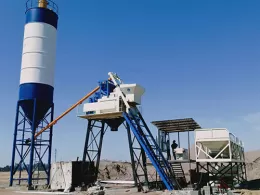

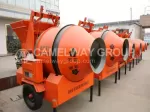
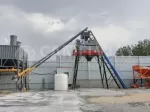
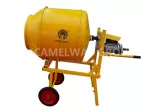
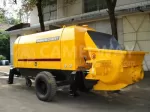

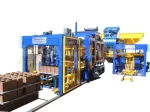
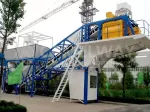
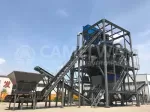
0 Comment